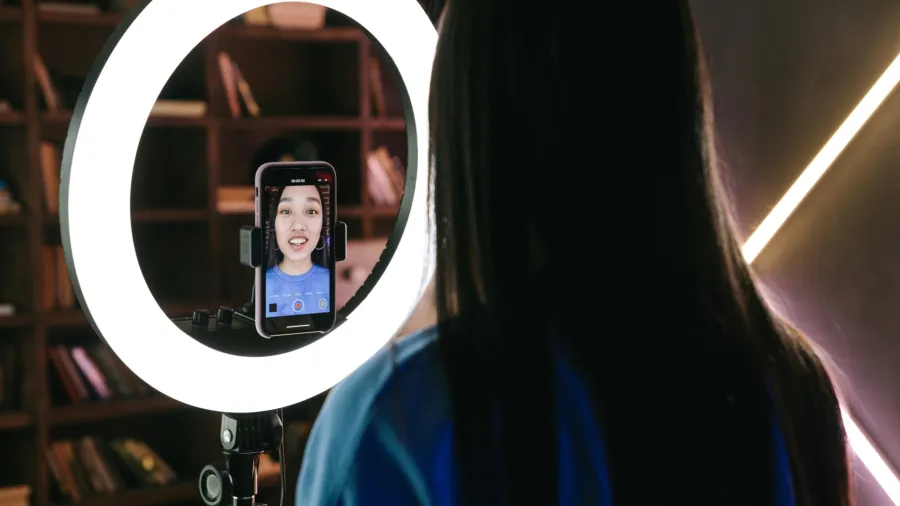
How can brands ensure influencer marketing pays off?
About 75% of consumers are more likely to buy a product endorsed by a TikToker or YouTuber.
Companies may need to hire a YouTube or TikTok sensation as an endorser to boost sales in a market obsessed with the latest social media craze and their influencers.
About 75% of consumers in Southeast Asia are more likely to buy a product recommended by an influencer, according to Partipost’s Influencer Marketing Report 2024. “This shows how much trust and influence these personalities have compared to traditional advertising.”
Additionally, 80% of people surveyed have bought something based on an influencer's endorsement at least once.
“This means that influencers are not just popular figures; they drive real sales and influence buying decisions,” according to the report released this month. “Their genuine and relatable content builds a strong connection with their followers, making their recommendations very persuasive.”
The influencer marketing industry is estimated to grow to $24b by the end of 2024, with 63% of brands planning to use artificial intelligence (AI) to execute their influencer campaigns, according to Influencer Marketing Hub.
TikTok, which is used by 69% of brands using influencer marketing, is by far the most popular influencer marketing channel, now well ahead of Instagram (47%), YouTube (33%), and Facebook (28%), it said.
“Asia offers unique opportunities for brands to leverage local influencers who understand the nuances of their respective markets,” Partipost said.
Dior’s stock surged to an all-time high of $877 (€789) at the start of 2023 after it hired BTS member Park Jimin as a global ambassador, according to Investing.com.
A 15-second YouTube video from Indonesia’s Tokopedia e-commerce app featuring BTS has had 68 million views, AJ Marketing reported.
The popularity of social media has brought with it the meteoric rise of influencers, who persuaded 50% of respondents in a PWC survey of consumers from the Asia-Pacific region to buy a product or service. This compares with 41% globally, according to a PWC report released in June.
Influencer marketing boils down to trust, Michael Cheng and Rakesh Mani, co-leaders at PWC’s Asia-Pacific Consumer Markets, said in the report.
“External research shows half of consumers make regular purchases due to influencer posts,” they said. “Thirty percent place even greater trust in influencers compared to just six months ago. This is particularly true for Gen Z, whose buying power is quickly growing.”
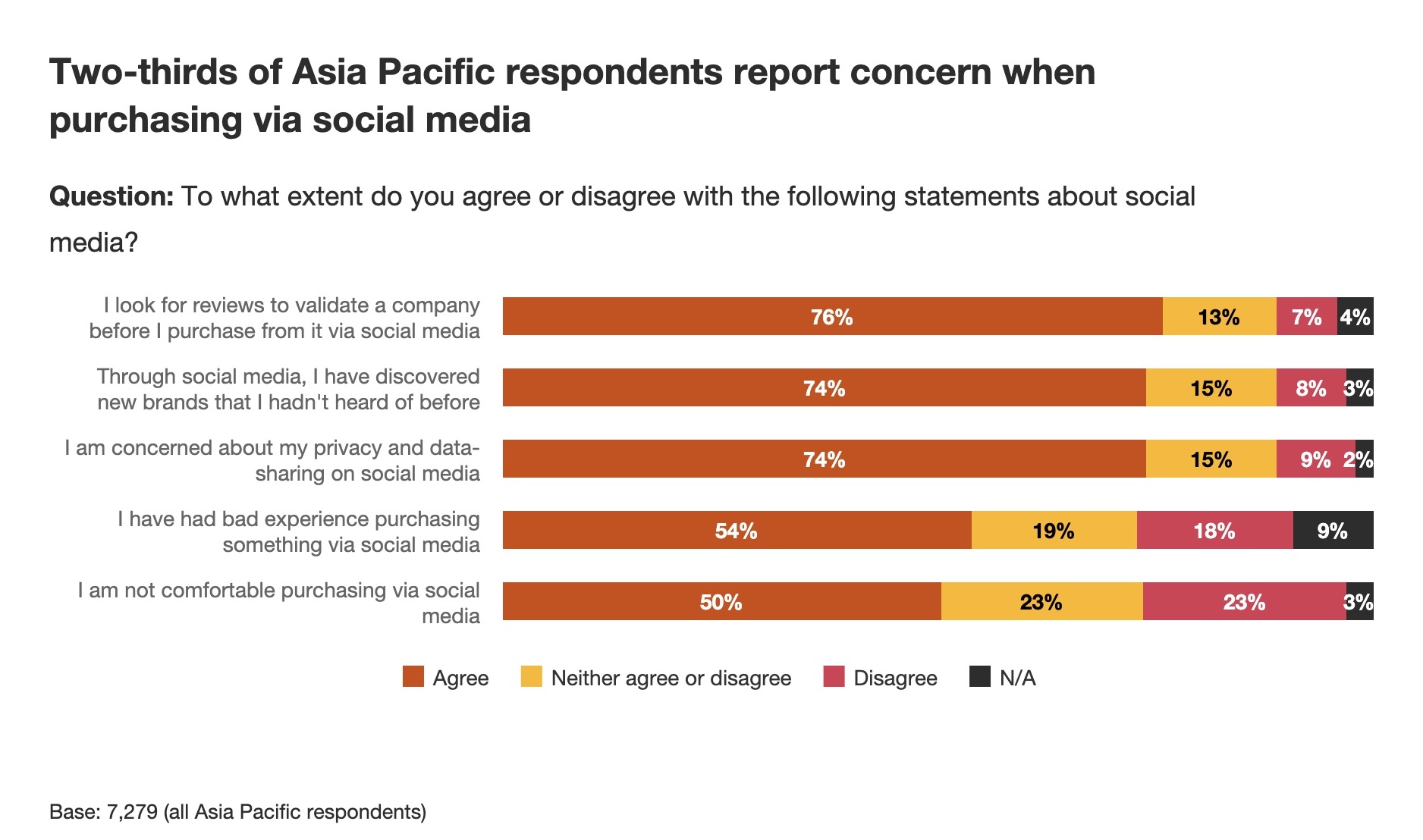
But influencer marketing has its risks. For one, influencers can be unpredictable, which can negatively affect brands. PWC cited cases where brands have had to sever ties with problematic influencers, even after years of partnerships.
AI and advanced analytics can help brands optimise ad campaigns by identifying the most suitable influencers and measuring the impact of their efforts more accurately, Partipost said.
“Choose wisely with a mix of micro, macro, and mega influencers who can target a specific audience group,” Cheng and Mani said.
Micro and nano-influencers, with followers from 1,000 to 100,000, are popular in Asia. They offer a cost-effective way to engage with niche audiences through authentic content, and build connection and trust.
Marketing budgets have increased 36.8% this year from a year earlier, and more than a quarter of brands expect to allocate as much as 30% of their budgets to influencer marketing, Partipost said.
To make the most of this trend, brands should adjust their budgets to include influencer campaigns, use historical data to justify these increases, and diversify their influencer portfolio, according to the report.
Nano-influencers can drive authentic, local engagement, whilst micro-influencers offer niche targeting and high-quality content.
Companies should invest in tools and platforms that provide detailed analytics on influencer performance, and use these insights to optimise their campaigns, Partipost said.
“Instead of one-off campaigns, develop long-term partnerships with influencers. This approach ensures sustained engagement and more genuine endorsements,” it added.
Questions to ponder:
1. How can brands establish and nurture relationships with influencers to ensure genuine endorsements?
2. How do you conduct ROI (return on investment) analysis for influencer marketing campaigns?
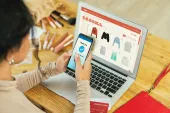



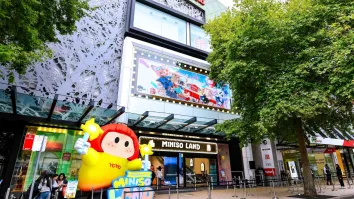


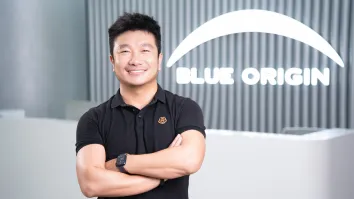


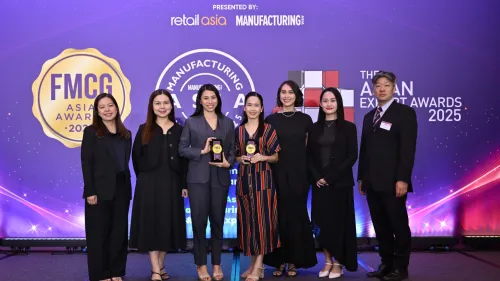
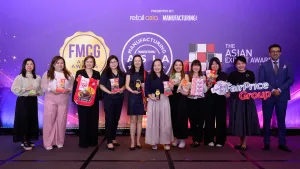

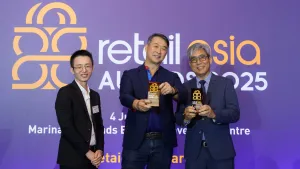
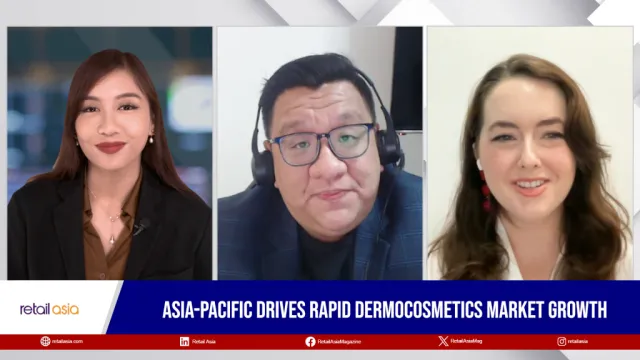
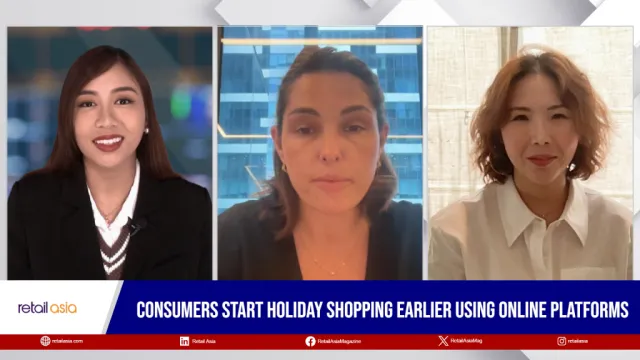
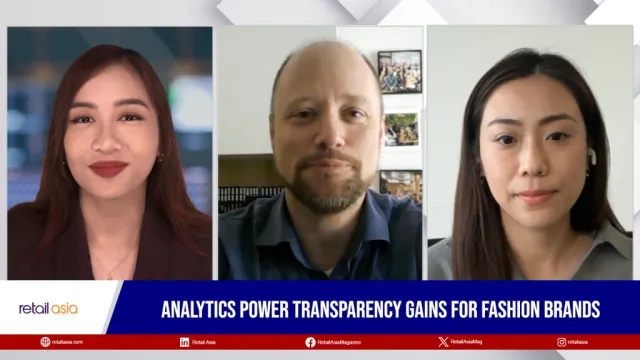
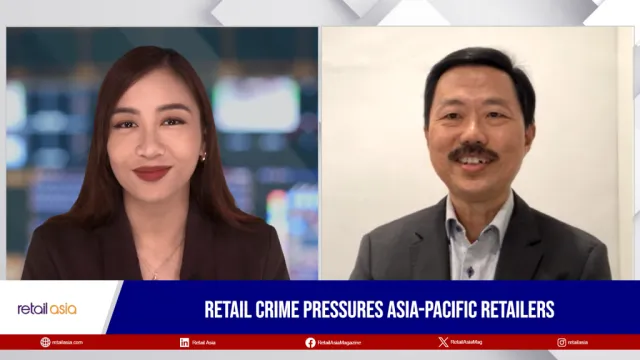

 Advertise
Advertise






